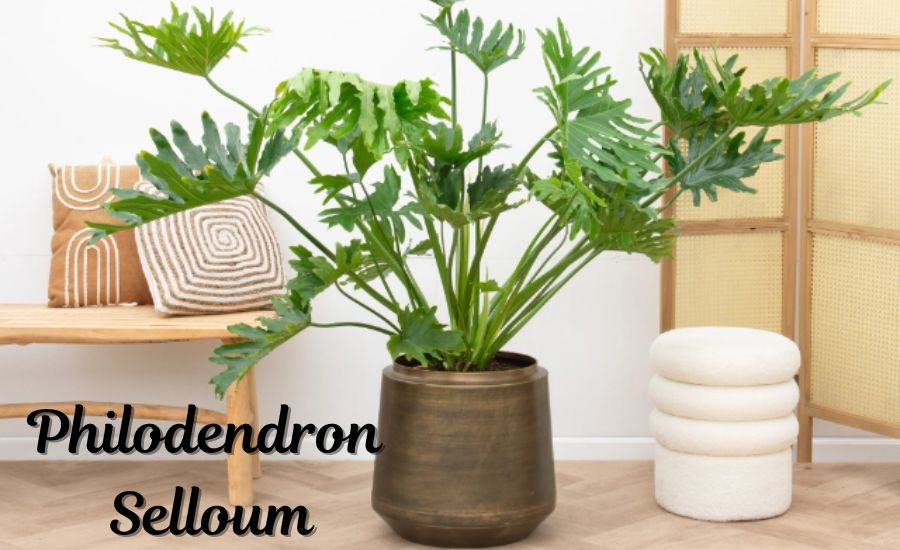Philodendron Selloum is a beautiful plant with big, lush leaves that can make any room look like a tropical jungle! If you’re thinking about adding this stunning plant to your home, you’re in the right place. In this guide, we’ll show you how to take care of your Philodendron Selloum so it grows healthy and strong.
Philodendron Selloum loves bright light, water, and a little bit of care. It’s perfect for people who want a low-maintenance plant that still looks amazing. Whether you’re a plant expert or a beginner, caring for this beauty can be fun and easy!
What is Philodendron Selloum and Why You Should Have It
Philodendron Selloum is a stunning plant that has big, shiny leaves, making it perfect for decorating any space. This plant is part of the Philodendron family, known for its beautiful foliage. People love it for the lush, jungle-like feel it adds to homes and offices.
You should consider adding a Philodendron to your plant collection because it’s easy to care for and grows fast. It’s a great choice if you want a low-maintenance plant that still looks fantastic. Whether placed near a window or on a shelf, it can brighten up any room.
How to Care for Your Philodendron Selloum: Easy Tips
Caring for Philodendron Selloum is simple if you follow a few basic steps. First, make sure it gets enough light. This plant loves bright, indirect sunlight. If you place it in a spot with too little light, it won’t grow as healthy or big.
Next, don’t forget to water your Philodendron regularly. It enjoys being moist but not too wet. A good rule is to water it once a week. Let the soil dry out a bit before you water it again. This helps keep the roots healthy and prevents overwatering, which can cause damage.
Philodendron Selloum Light Requirements: How Much Sun Does It Need?
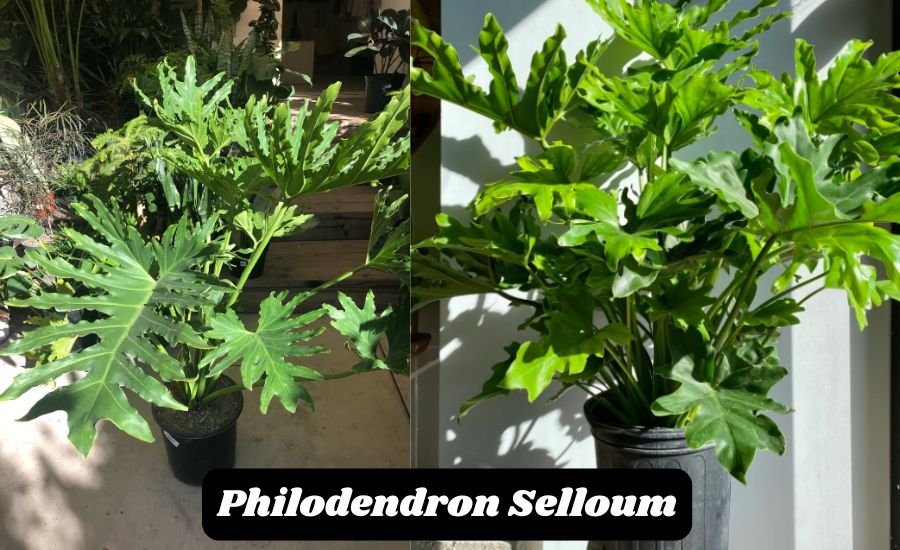
Your Philodendron Selloum will do best with bright but indirect sunlight. Too much direct sunlight can burn the leaves, so it’s important to keep it in a place with filtered light. A window with sheer curtains is an excellent spot for your plant.
If you don’t have a lot of sunlight in your home, don’t worry. This plant can still survive in lower light, but it will grow slower. The key is to find a spot where it can get some light each day, even if it’s not direct.
Watering Your Philodendron Selloum: A Simple Guide
When it comes to watering Philodendron Selloum, it’s best to keep the soil moist. This plant doesn’t like dry soil for too long, but it also doesn’t like to sit in water. Be sure to check the soil before watering. If it feels dry a few inches down, it’s time to water.
Try to water it once a week, but always let the soil dry out slightly between waterings. This helps the roots breathe and prevents them from becoming too soggy, which can lead to root rot.
Philodendron Selloum and Humidity: Does It Need Extra Moisture?
Philodendron Selloum doesn’t require high humidity to thrive. Normal household humidity is enough to keep this plant healthy. However, if your home is very dry, you can occasionally mist the leaves to add a little moisture.
If you live in a place with very dry air, such as during winter, placing your Philodendron on a humidity tray or using a small room humidifier can help keep it happy. Just make sure not to overdo it, as too much moisture can cause mold to grow.
How Often Should You Fertilize Philodendron Selloum?
Fertilizing your Philodendron Selloum is important for strong, healthy growth. You don’t need to fertilize it all the time—doing so once a month during the growing season (spring and summer) is usually enough.
Use a balanced liquid fertilizer and dilute it to half strength. Too much fertilizer can harm the plant and cause weak growth. Fertilizing helps your plant stay lush and green, and it’s an easy way to give it the nutrients it needs to grow strong.
Best Soil for Philodendron Selloum: Perfect Mix for Healthy Growth
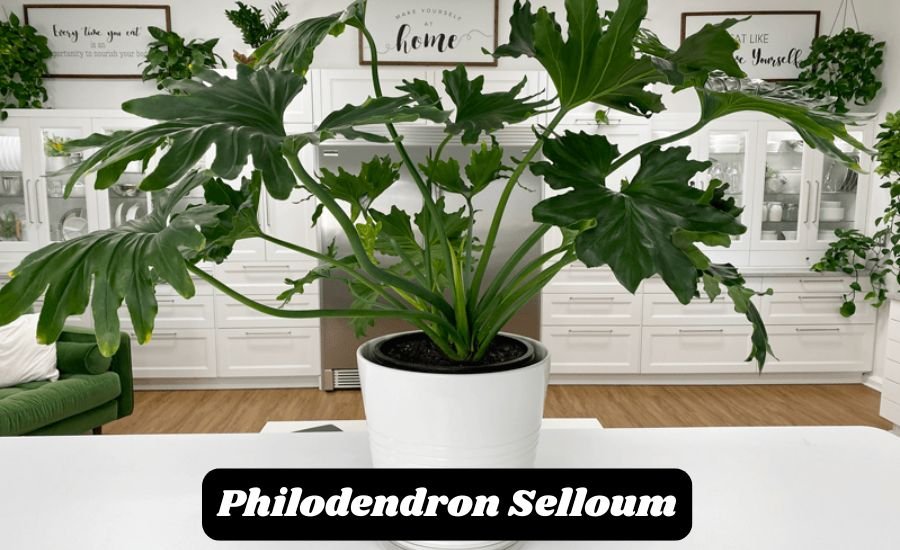
Well-Draining Soil:
Philodendron needs soil that drains well to prevent waterlogged roots. Use a mix that allows water to flow easily through the soil.
Loamy Texture:
A loamy soil mix is ideal for this plant. It’s balanced in texture, providing both moisture retention and drainage.
Perlite for Aeration:
Add perlite to the mix to improve aeration. This helps the roots get the oxygen they need and prevents the soil from becoming too compact.
Bark or Coco Coir:
Adding pieces of bark or coco coir to the mix helps increase drainage and creates a loose, airy environment for the roots.
Peat Moss for Retention:
A small amount of peat moss helps retain moisture, which is essential since Philodendron Selloum likes to stay moist but not soggy.
pH Level:
Aim for a slightly acidic to neutral pH level (6.0 to 7.0). This ensures the plant’s roots can absorb nutrients properly.
Avoid Heavy, Clay-Based Soils:
Avoid using heavy, clay-based soils that retain too much water, as they can lead to root rot.
Pre-Made Aroid Mix:
If you’re unsure, you can purchase a pre-made aroid mix, which is specifically designed for plants like Philodendron.
Philodendron Selloum Pests: How to Keep Bugs Away
While Philodendron Selloum is a tough plant, it can still get pests. Two common pests are spider mites and scale insects. These pests can be harmful to your plant, but they’re easy to deal with.
Using neem oil is an easy and safe way to get rid of these bugs. Simply spray the oil on the leaves and stems, and wipe away any visible pests. It’s a natural way to protect your plant without using harsh chemicals.
The Ideal Temperature for Your Philodendron Selloum
Philodendron Selloum enjoys warm temperatures. It does well in homes that stay between 65°F and 80°F (18°C to 27°C). Avoid placing your plant in areas with cold drafts or near air conditioners and heaters, as extreme temperatures can harm the plant.
This plant is sensitive to frost, so be sure to keep it away from windows that may get too cold during the winter. Maintaining a stable, warm temperature will help your Philodendron thrive year-round.
Common Mistakes to Avoid with Philodendron Selloum Care
One of the most common mistakes when caring for Philodendron Selloum is overwatering. Too much water can lead to root rot, which can harm or even kill the plant. Always make sure the soil is dry before watering.
Another mistake is placing it in too little light. Philodendron needs bright, indirect sunlight to grow strong. Without it, the plant will become leggy and weak.
How to Make Your Philodendron Selloum Grow Faster
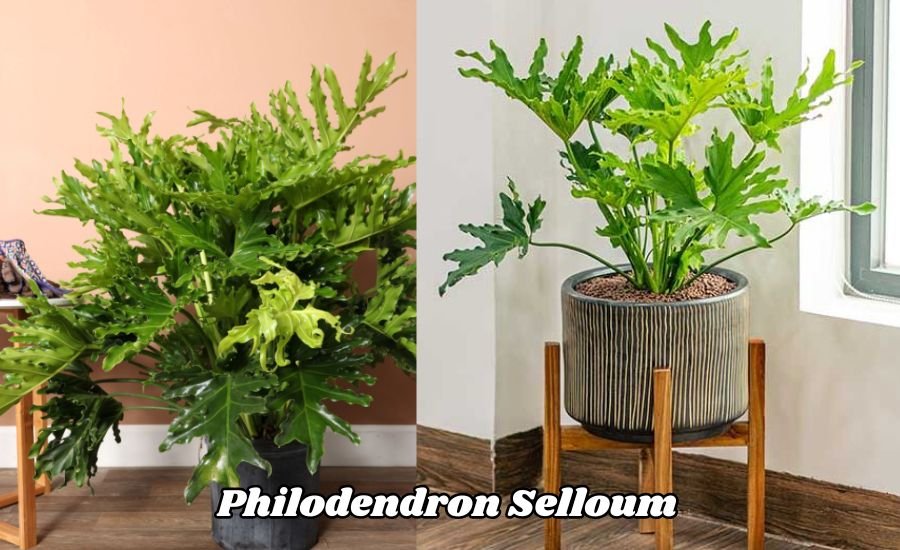
To encourage faster growth, give your Philodendron Selloum plenty of bright, indirect light and water regularly. Fertilizing during the growing season also gives it a boost.
If you want it to grow even faster, consider repotting it every year or so to give the roots more room to spread out. A bigger pot means more space for roots, and that helps the plant grow larger and faster.
Philodendron Selloum Propagation: How to Grow New Plants
If you love your Philodendron, you can easily grow more plants through propagation. Cut a healthy stem that has a node (the part where leaves and roots grow from). Place it in water, and wait for roots to develop.
Once the roots are long enough, you can plant it in soil. This is a great way to multiply your plants and share them with friends!
You Should Know: After All This Time Always
Philodendron Selloum Size: How Big Can It Get?
Philodendron Selloum is known for its large, dramatic leaves. In the right conditions, it can grow up to 6 feet tall and wide. The size of the plant will depend on the space it’s given and how much care it gets.
To help it grow to its full size, give it enough light and room to spread out. If you have a big enough space, this plant can become a true statement piece in your home.
Troubleshooting Philodendron Selloum Problems
If your Philodendron Selloum is not looking its best, check for common problems like yellowing leaves or slow growth. Yellow leaves can be a sign of overwatering, while slow growth may mean it’s not getting enough light.
Make sure your plant is getting the right care—plenty of light, the right amount of water, and good soil. If problems continue, try adjusting the care routine until the plant starts to improve.
How to Repot Your Philodendron Selloum: Step-by-Step
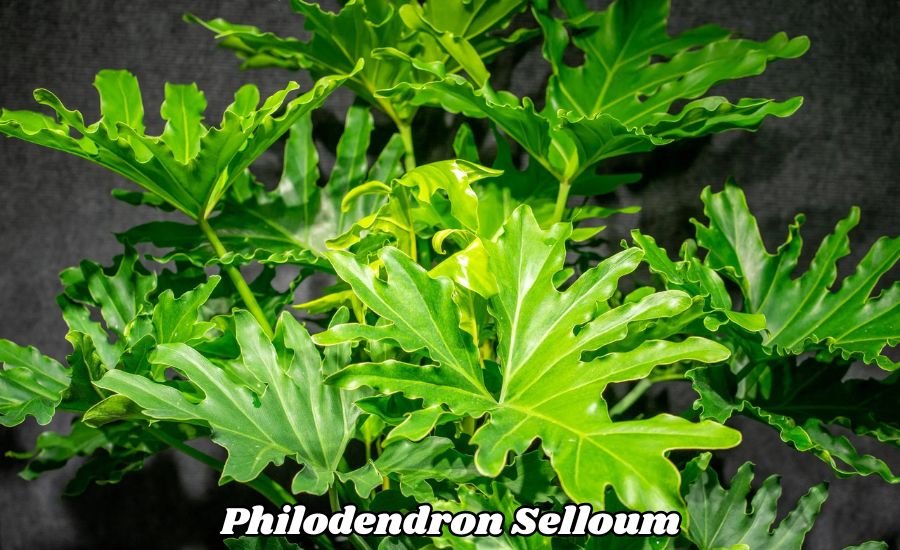
Choose the Right Pot:
Pick a pot that is 1-2 inches larger than the current one. It should have drainage holes to prevent water buildup.
Prepare the New Soil:
Use a well-draining potting mix with perlite and bark. This mix helps air reach the roots and prevents overwatering.
Water the Plant:
Water your Philodendron Selloum a day before repotting to make the soil easier to work with.
Remove the Plant:
Gently pull the plant from its old pot. If it’s stuck, tap the sides of the pot to loosen the roots.
Check the Roots:
Look for any dead or rotting roots and trim them away with clean scissors.
Place the Plant in the New Pot:
Add a layer of soil to the bottom of the new pot. Set your plant in the center and fill around it with fresh soil.
Firm the Soil:
Lightly press the soil around the plant to secure it, but don’t pack it too tightly.
Water the Plant Again:
Give your repotted Philodendron Selloum a good drink of water to help it settle in.
Place in the Right Location:
Put the plant in a spot with bright, indirect light to help it adjust to its new home.
Philodendron Selloum vs Other Philodendrons
Philodendron Selloum is unique because of its large, deeply cut leaves and its ability to thrive in indoor environments. Unlike other Philodendrons, this one grows into a large, tree-like plant with a bold, tropical look.
If you’re looking for a plant that adds a touch of nature to your home, Philodendron Selloum is a great choice. It’s easy to care for, and its large leaves make it a standout in any room.
Conclusion
Philodendron Selloum is a beautiful and easy-to-care-for plant that can bring a touch of nature into your home. With its large, glossy leaves, it’s perfect for adding a tropical feel to any space. As long as you give it enough light, water it carefully, and keep it warm, your plant will thrive and grow strong.
Whether you’re new to plants or an experienced gardener, Philodendron Selloum is a great choice. It’s low maintenance and can grow large and impressive over time. So, if you’re looking for a plant that’s both easy to care for and looks amazing, Philodendron Selloum is the way to go!
Read Next: 855 Angel Number
FAQs
Q: How often should I water my Philodendron Selloum?
A: Water your Philodendron Selloum once a week, but let the soil dry a little between waterings. It doesn’t like to be too wet.
Q: Does Philodendron Selloum need a lot of sunlight?
A: Yes, it loves bright, indirect light. It can handle some morning sunlight but avoid too much direct sun.
Q: Can Philodendron Selloum grow in low light?
A: No, it needs bright light to stay healthy. In low light, the plant may become weak and leggy.
Q: What kind of soil is best for Philodendron Selloum?
A: A well-draining soil mix with perlite and bark is ideal. This helps the plant’s roots get enough oxygen and drainage.
Q: Does Philodendron Selloum need a lot of humidity?
A: No, it does fine in regular household humidity, so you don’t need to worry about extra moisture in the air.
Q: How do I get rid of pests on my Philodendron Selloum?
A: You can use neem oil to get rid of pests like spider mites and scale. It’s a safe, natural way to protect your plant.
Q: Can I fertilize my Philodendron Selloum?
A: Yes, you can use a balanced houseplant fertilizer. Just make sure to avoid too much nitrogen, as it can cause weak growth.
